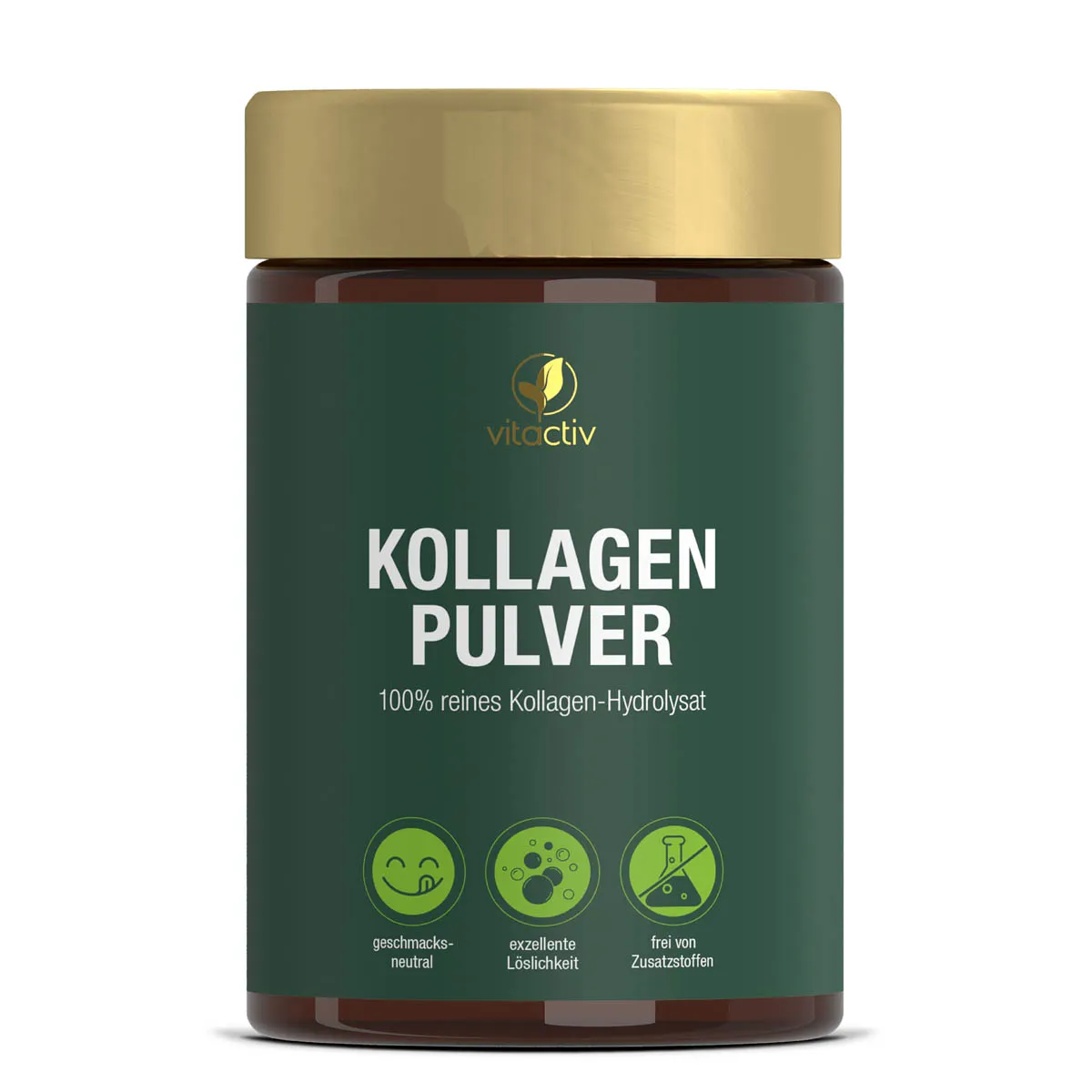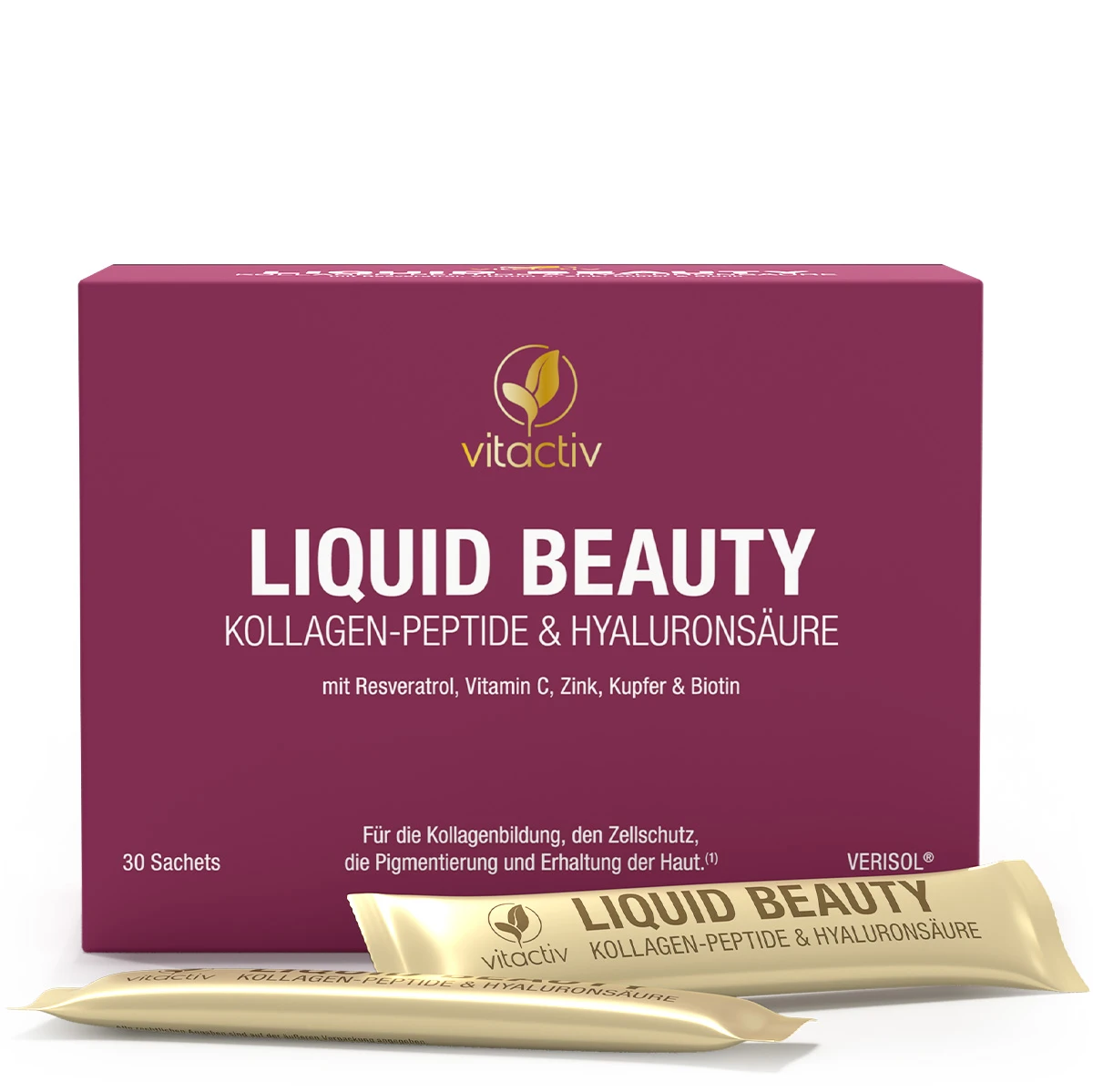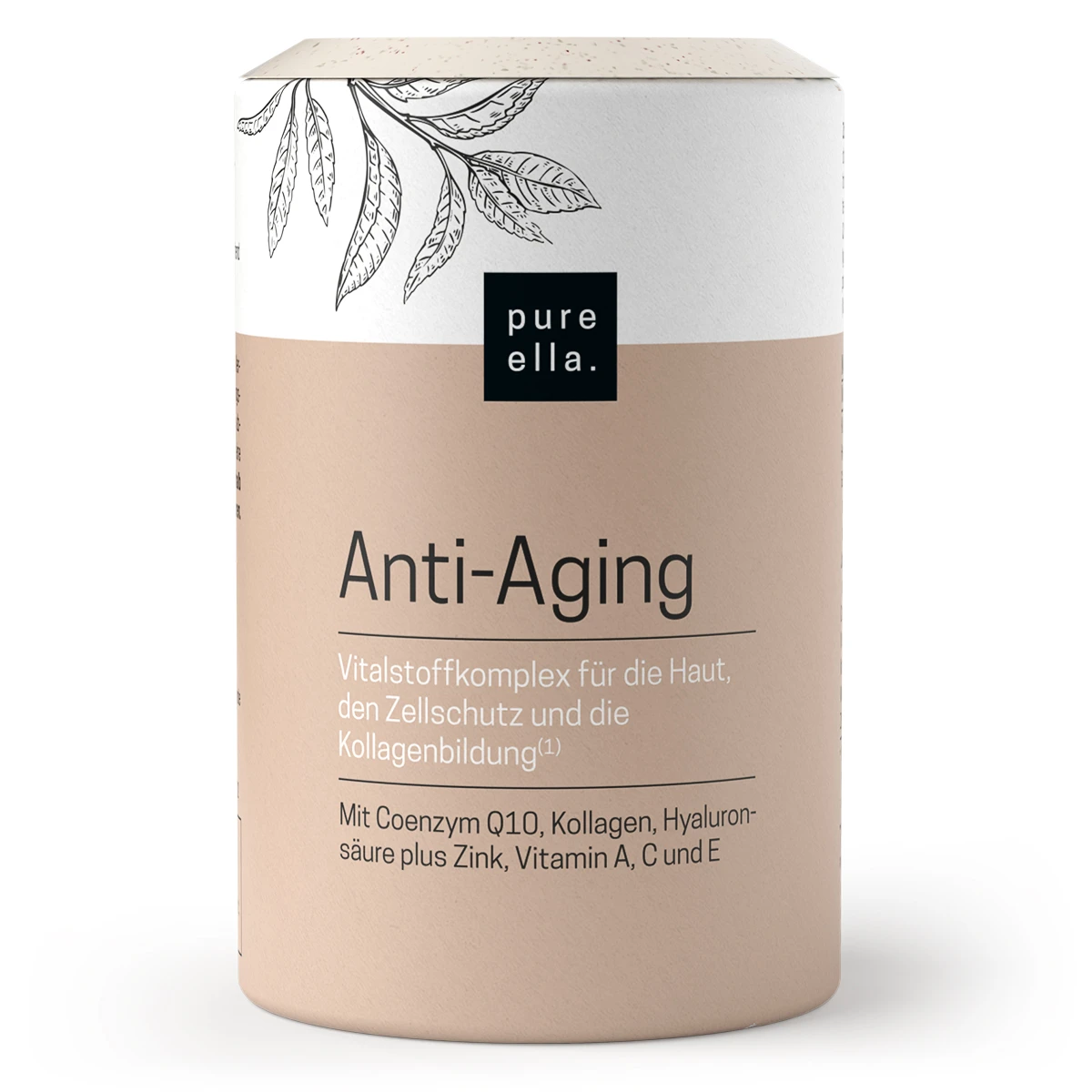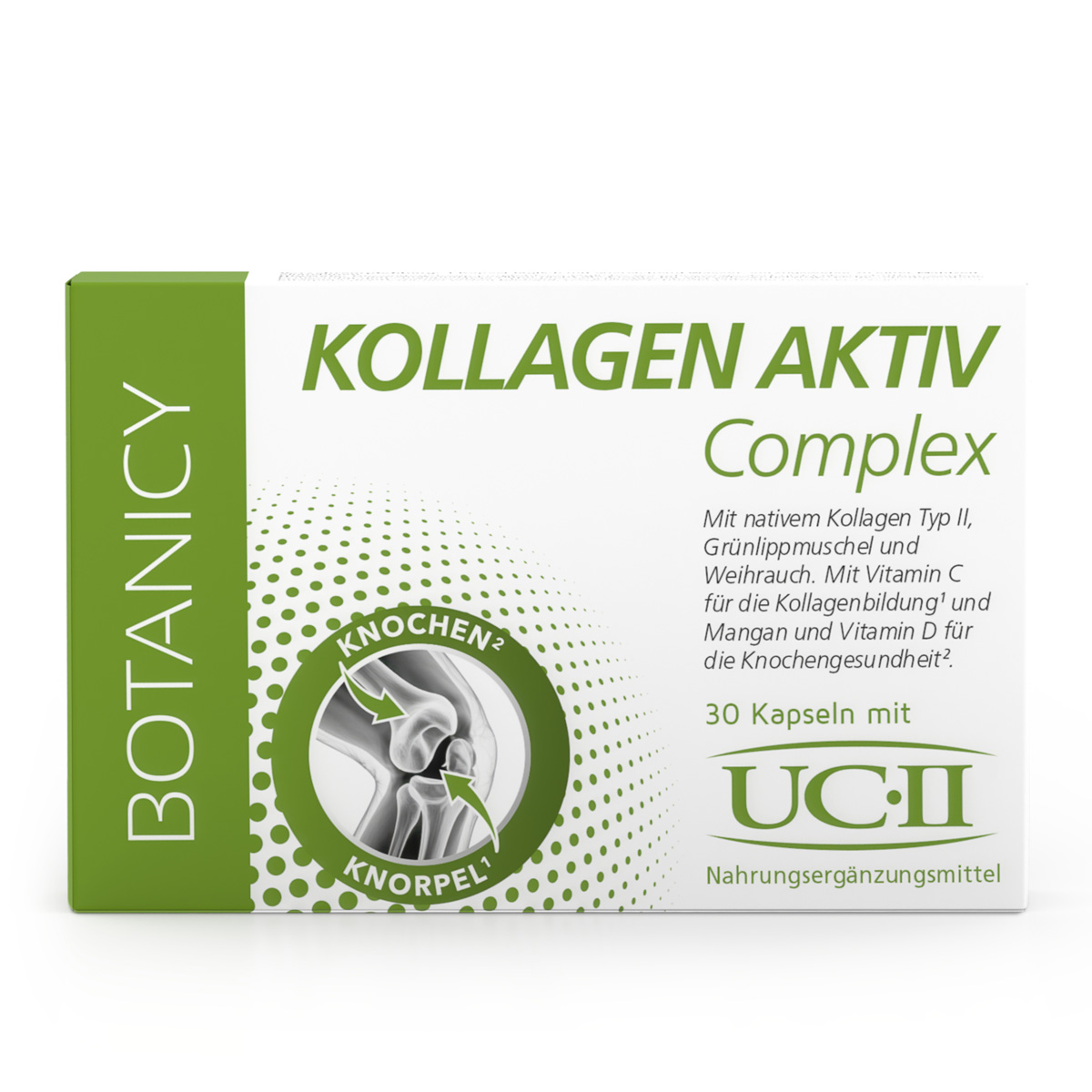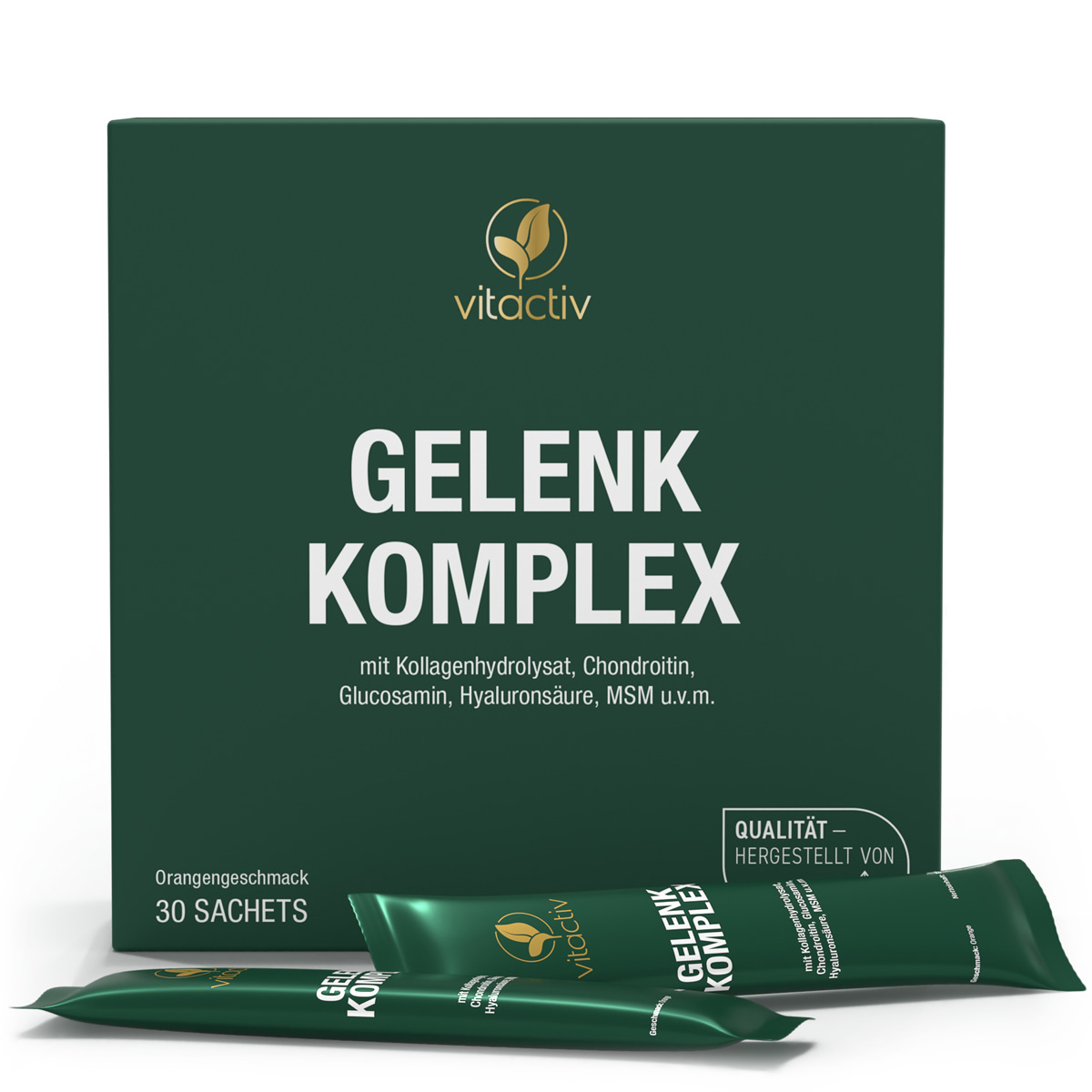{{categoria.nome}}
Contenuto: 0.3 kg (84,97 €* / 1 kg)
25,49 € 29,99 €
(84,97 € / 1 kg)Contenuto: 0.45 L (56,64 €* / 1 L)
25,49 € 29,99 €
(56,64 € / 1 L)Contenuto: 0.036 kg (471,94 €* / 1 kg)
16,99 € 19,99 €
(471,94 € / 1 kg)Contenuto: 0.014 kg (1.413,57 €* / 1 kg)
21,99 € (1.570,71 € / 1 kg)Contenuto: 0.225 kg (75,51 €* / 1 kg)
19,99 € (88,84 € / 1 kg)Acquistare integratori alimentari di collagene
Il collagene - il nutriente per la pelle, il tessuto connettivo, le ossa e le articolazioni
Il collagene è la proteina più abbondante nell'uomo. Ma a cosa serve il collagene? La risposta sta nell'elevata resistenza alla trazione delle singole fibre di collagene. La pelle e il tessuto connettivo, le ossa e le articolazioni beneficiano di questa elasticità. Se volete acquistare degli integratori di collagene, potete scegliere tra polvere, capsule e fiale liquide da bere.
Ad esempio, Feelgood GELENK Complex Bustine - un complesso di collagene con vitamina A, vitamina C e altri micronutrienti come magnesio, calcio e molto altro. Convincetevi dei nostri prodotti al collagene di alta qualità!
Il termine biochimico per indicare il collagene è "proteina strutturale extracellulare". È una proteina responsabile della resistenza e della flessibilità del tessuto connettivo. Gran parte del tessuto connettivo si trova nella nostra pelle. Se la produzione di collagene da parte dell'organismo diminuisce, il tessuto perde elasticità. Questo può portare alla comparsa di rughe, fossette, cellulite e pelle a buccia d'arancia.1 Per inciso, la produzione di collagene nel corpo umano inizia a diminuire a partire dai 25 anni! Tuttavia, è possibile rifornire il corpo di collagene sotto forma di integratori alimentari. Per una pelle splendida, c'è LIQUID BEAUTY con peptidi di collagene biologicamente attivi da bere e le capsule anti-età di Pure Ella.
Il collagene non è utile solo per un aspetto radioso e fresco, ma anche per il funzionamento delle articolazioni. Il collagene è infatti un componente importante del tessuto cartilagineo. La cartilagine delle nostre articolazioni agisce come una sorta di ammortizzatore. Impedisce a ossa, legamenti, tendini e nervi di sfregare l'uno contro l'altro durante il movimento. Senza collagene, le nostre articolazioni si usurerebbero dopo pochissimo tempo.
Le capsule KOLLAGEN Aktiv con collagene UC-II® brevettato, grazie ai loro ingredienti, garantiscono meno dolore e più mobilità.2Fonte:
2Biblioteca nazionale di medicina: Trattamento dell'osteoartrite
Il collagene è stato conosciuto negli anni '70 come ingrediente di creme cosmetiche. Oggi sappiamo che il collagene ha molti benefici come integratore alimentare orale. Ecco le domande e le risposte più importanti:
Quanto collagene si dovrebbe assumere ogni giorno? Si ottengono buoni risultati con una quantità giornaliera compresa tra 2500 mg e 8000 mg.
Per chi è adatto il collagene? Per tutti coloro che apprezzano una pelle bella o ossa e articolazioni sane.
In che forma devo acquistare gli integratori di collagene? La forma migliore è quella delle capsule. Bottiglie e bustine con polvere da sciogliere sono ideali per dosaggi elevati.
Ci sono differenze tra il collagene in polvere, in capsule e liquido e quali sono? Non ci sono differenze nelle proprietà del collagene. Le capsule hanno il vantaggio, rispetto alla polvere sciolta, che il dosaggio è esattamente lo stesso, proprio come la polvere confezionata in bustine. Anche il collagene in forma liquida, come quello contenuto inLIQUID BEAUTY, è ben assorbito dall'organismo.
If you have any questions or need advice, please contact us.
Call us at:
0800 678 7997
Scrivici un messaggio qui
Utilizzate la nostra chat in basso a sinistra
Cerca le nostre FAQ qui

